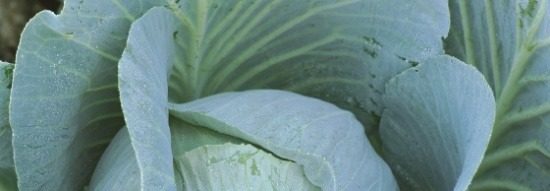Rhizoctonia
Host plants
Wide range of host plants, including potato (Solanum tuberosum), strawberry (Fragaria x ananassa), apple (Malus spp.), lettuce (Lactuca sativa), azalea (Azalea indica), begonia (Begonia spp.) flower bulbs, dwarf holly (Ilex spp.), deciduous trees, periwinkle (Vinca), Pittosporum, peperomia (Peperomia) and busy Lizzies (Impatiens).
Symptoms
The first signs of the disease are leaf spots just above the ground and in the middle of the crown. The lesions may spread (meaning the whole leaf will quickly die off) or stay minor. At high humidity levels, fungal threads will develop, forming a web in which the falling necrotic leaves and plant shoots can become entangled.
Favourable conditions
High humidity, especially in combination with high temperatures, is conducive to disease development.
Dispersion/survival
Sclerotia or hyphae (fungal threads) may be dispersed to the foliage by water splash or cultivating. During the reproduction stage, the fungus can easily grow from one plant to another over the soil surface.










